When it comes to security, it’s more than just installing a few gadgets. True safety involves understanding the key elements of security that protect your home. Today, we’ll dive into the six key components of security.
Assuming you are starting from scratch or looking to enhance your existing setup, these elements can empower you to take control of your safety. Let’s explore how each element creates a solid shield around your home.
Key Elements of Security to Build Home Defense
This illustrates the key elements of security in building a good and strong home defense for safety. These key elements are explained below:
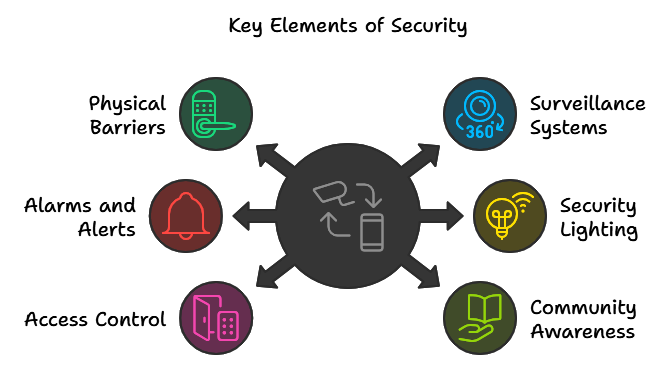
1. Physical Barriers: Your First Line of Defense
Let’s start with the basics: physical barriers. This is about securing the entrances and exits to your home, making it as tough as possible for anyone to break in. Think of it as your home’s “armor.”
- Doors and Locks:
Not all doors are created equal. A solid wood or metal door with a reliable deadbolt is a must. Avoid flimsy materials that can easily be kicked in. And if you’re ready to go high-tech, consider a smart lock, it gives you control over who enters, even when you’re away.
- Windows and Glass Doors:
These are common weak spots. Reinforced glass or shatter-resistant film can prevent easy access. Adding window locks or security bars also makes a big difference.
- Fences and Gates:
Don’t underestimate the power of a sturdy fence. It not only creates a clear boundary around your property but also makes it harder for anyone to sneak in unnoticed. Secure your gates with locks to control access and give your home an extra layer of protection.
2. Surveillance Systems: Keeping an Eye on Your Property
A reliable surveillance system acts as your eyes when you’re not around. Cameras deter intruders and help you monitor any activity around your home.
- Types of Cameras:
From wide-angle outdoor cameras to discreet indoor ones, choose cameras that meet your specific needs. Outdoor cameras with night vision and motion detection are great for tracking any unusual movement after dark.
- Best Placement:
Cameras should be placed strategically at entry points like doors, driveways, and backyards. This setup minimizes blind spots and ensures you cover all angles, reducing the chances of any unseen intrusions.
- Surveillance Benefits:
With today’s technology, many systems come with real-time mobile alerts. This way, you can keep an eye on your property even when you’re far from home, and if anything unusual happens, you’ll be alerted right away.
3. Alarms and Alerts: Quick Response When It Matters Most
An alarm system doesn’t just scare off potential intruders, it’s a crucial element in alerting you and authorities to trouble.
- Types of Alarms:
Consider different alarms for various situations: intruder alarms, fire alarms, and carbon monoxide detectors. Each one plays a unique role in keeping you safe.
- 24/7 Monitoring Services:
With a monitored alarm service, you’ll have a team ready to respond at any time. Whether you’re home or away, knowing there’s someone ready to act can make a world of difference.
- Mobile Notifications:
Today’s alarm systems can send alerts directly to your phone, giving you the power to react quickly and inform the proper authorities if necessary. It’s real-time security, wherever you are.
4. Security Lighting: Let There Be Light
Strategic lighting around your home can be an incredible deterrent to intruders. It’s an easy, cost-effective way to boost security and prevent unwanted surprises.
- Outdoor Motion-Sensing Lights:
Motion sensors activate lights only when they detect movement, making it clear that any unexpected visitor has been noticed. Place these lights near doors, pathways, and dark corners.
- Indoor Light Timers:
If you’re away, indoor timers create the appearance of someone being home. It’s a simple trick, but it can go a long way in discouraging anyone scouting out empty houses.
- Lighting Tips:
Choose energy-efficient bulbs to keep costs low, and avoid extremely bright lights that might bother neighbors. The goal is visibility, not blinding brightness!
5. Access Control: Choose Who Can Enter
Access control gives you more control over who enters your home. Think of it as creating a selective, secure welcome mat.
- Types of Access Control:
There are many options, from keypads and smart locks to biometric systems. Keypads are great for families, smart locks allow remote control, and biometrics give a unique touch, ensuring only specific people can get in.
- Smart Access Features:
Imagine unlocking your door remotely for a friend or family member who arrived early. No more hidden keys! Smart locks are convenient, safe, and customizable.
- The Value of Access Control:
Being able to control access easily without sharing keys is a huge plus. It’s convenient and helps protect against unauthorized entry, giving you peace of mind that only trusted people are inside.
6. Community Awareness: A Stronger Neighborhood Is a Safer Neighborhood
Believe it or not, your community can play a big role in your security. A well-informed, connected neighborhood can act as an extra set of eyes.
- Neighborhood Watch Programs:
These are groups of neighbors who keep an eye out for each other. Joining or starting one can help create a more secure environment for everyone in your area.
- Staying Informed:
Use local apps or social media to stay updated on any suspicious activity. When neighbors are informed, they can respond quickly, and it’s a great way to stay connected.
- Benefits of Community:
A supportive, watchful neighborhood means more than security; it builds trust. When everyone looks out for one another, it deters criminals and strengthens the sense of community.
Creating Your Security Plan:
To truly secure your home, combine these elements to create a layered approach to safety. Start with one or two key areas, like locks and lighting, and gradually add in others. It doesn’t have to happen all at once, but each step you take will make a difference.
Remember, even small changes can create big security improvements. From reinforcing your doors to installing surveillance, every element you add makes your home that much safer.
Conclusion
In the end, protecting your home goes beyond physical security; it’s about creating a safe, welcoming environment for you and your loved ones. Each of these six security elements contributes to a cohesive, layered defense system from keeping intruders out to fostering some comfort, sound mind and a sense of community.
Each step brings you closer to a safer home, If you haven’t already started implementing these elements, there’s no better time than now. Security is a journey, and each layer strengthens your overall protection.

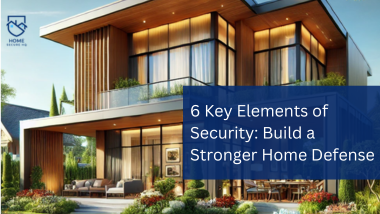
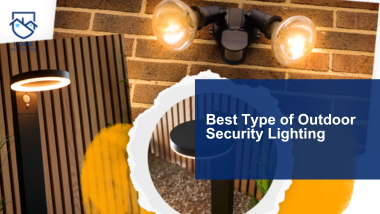
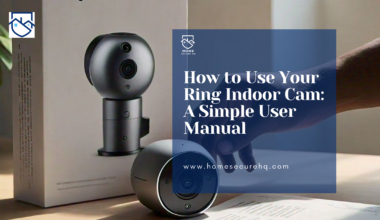
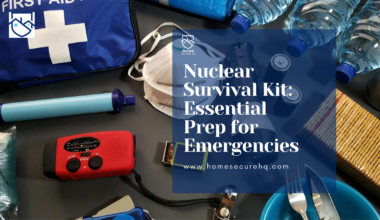
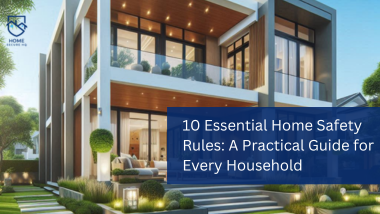
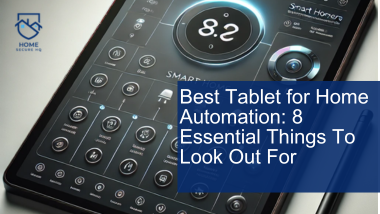
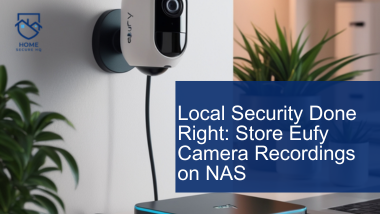
2 comments
I couldn’t resist commenting
Please always share your comments